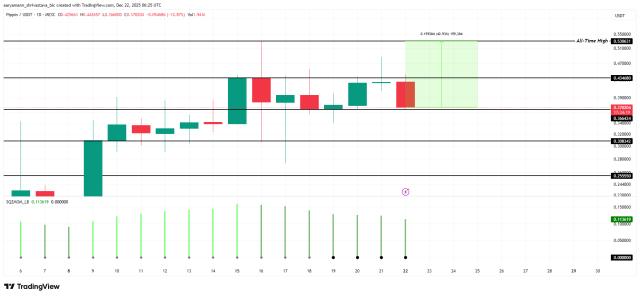
On its 10th anniversary, stablecoin issuer Tether announced it will release a documentary about USDT and its impact in fighting inflation.
In the trailer, Tether features interviews with users who have benefited from the stablecoin as they fight inflation. The trailer shows interviews in Turkey, Brazil, and Argentina, where inflation is running at astronomical rates.
The teaser aims to show the stablecoin Tether (USDT) as a tool that people use similar to the US dollar. One interviewee claimed that in Brazil, “Tether with USDT accounts for 90% of daily transactions.”
In 2023, USDT usage in Brazil skyrocketed, accounting for 80% of all cryptocurrency transactions in the country.
Tether Celebrates 10th Anniversary
Tether 's first Token was released on October 6, 2014. Entrepreneur Brock Pierce founded the project along with Reeve Collins and software engineer Craig Sellars. The startup Realcoin laid the foundation for Tether 's operations before rebranding into its current form.
The simple premise of Token is to provide a Token that represents fiat currencies at a 1:1 ratio, including the ability to transfer assets globally via blockchain technology.
USDT was initially built and operated on the OmniLayer platform on the Bitcoin protocol. This stablecoin has since expanded to many different blockchains, including Ethereum , TRON , and The Open Network.
With a market Capital of $120 billion, USDT remains the largest stablecoin by Capital . This valuation also makes the asset the third largest cryptocurrency, after Bitcoin (BTC) and Ether (ETH).
Financial inclusion for those “left behind”
In a post on X, Tether CEO Paolo Ardoino said the company has become “a symbol of disintermediation, steadfastness, and stability.” He said the company believes in empowering people, communities, and entire nations. He wrote:
“Our goal has always been (and will always be) the bottom line. The rich already have dozens of ways to transact and store wealth. We build financial technology for those left behind.”
Ardoino also said that Tether brings financial inclusion to people in developing countries who are unable to open bank accounts because they do not generate enough revenue for the traditional banking system.







